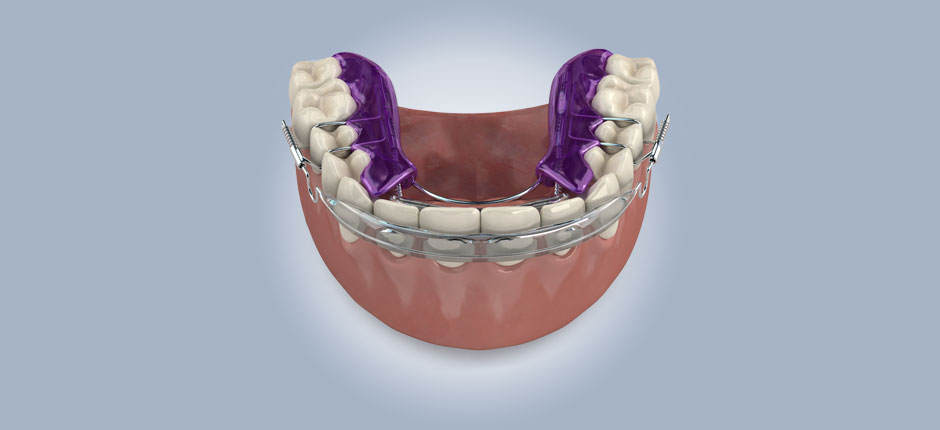Since years Inman aligner has been around to cure the problem associated with dental alignment. It is an orthodontic appliance easily removable and can help to pre-align teeth before undergoing any other cosmetic options.
This appliance is made of Nickel Titanium coil having spring attached with two aligner bows opposing each other, gently pushing the teeth into their desired position. The outer bow pushes back the teeth whereas the inner bow thrust it forwards. This is said to be one of the most cost effective, convenient and effective process of bringing back your teeth in a sequence.
Why Inman Aligners Required?
Over the period of time your teeth may shift, bent or turn, leaving its earlier place and often some individual may naturally have crooked teeth. Albeit, fixed metal braces can also treat the condition but Inman aligner is the most effective option requiring less maintenance. Inman Aligner can show the results in a few weeks. Compared to other available options, aligners are most cost effective and convenient. It may affect the speech capacity for some initial days or a week. Later on you would be habitual of speaking clearly adjusting with the foreign body in place.
Why Inman Aligners are Popular?
There are several causes that people prefer Inman Aligners instead of any other dental alignment processes.
Efficiency: The most prominent cause of its popularity is its efficiency compared to other several other dental braces. People are in search of instant and convenient solution that actually yields results. The results that are witnessed are attracting more and more people to use this methodology of teeth alignment.
Fast Results: Its quick output has been instrumental in enticing people to use this process as it delivers quick results. In cosmetic dentistry, efficacy is just not enough it must be followed by quick results. People are more concerned about the timeline that will keep them hooked to witness the right result.
Affordability: The third cause behind its popularity is its cost effectiveness that is attracting several people from all strata of society. It is no more a treatment of the elite class. It can be afforded by even middle class people who dreams of a fascinating smile, adding value to the overall personality. This product is known to deliver the same and often improved results as conventional braces, yet at a much lesser cost.
Convenience that Matters
The final cause is the convenience factor that every person is looking out for. People are dedicated to opt for the most convenient option leaving solutions in which lots of precautions are to be followed. Inman Aligner is a convenient solution to bring back your astrayed teeth to the right position. It is a complete package of convenience, affordability, fast results and efficiency and people tend to opt for such a valuable dental solution.
How long Inman Aligner Should be Worn?
It’s entirely the individual specific situation of the teeth. The longer you wear the faster the result would be. But ideally it is suggested to wear it for minimum 16 to 20 hours every day till your orthodontist suggests stop wearing it.
Associated Problems and Precautions
Wearing a retainer is one of the most vital stages in orthodontic treatment as the teeth tend to shift back to their earlier position with the lapse of time. This is mostly recommended once you have undergone the treatment of the Inman aligner for teeth alignment. For warding off any chance of teeth relapsing after treatment, it is important to keep the teeth in the right position. It can be done by bonding a thin plastic wire onto the rear of your teeth, or a clean transparent retainer can also do the job. You need to use this only for two nights in a week to retain the best possible positioning of your teeth permanently.
In today’s fast paced lifestyle Inman Aligner can be considered to be the most practical and widely popular orthodontic for teeth alignment, but getting a suitable treatment is not sufficient, retaining the positioning is yet another factor requiring your special attention. Precautions are suggested, which should be followed to properly wear a million dollar smile. So be proactive and take the right decision if you’re planning to opt for Inman Aligner.




